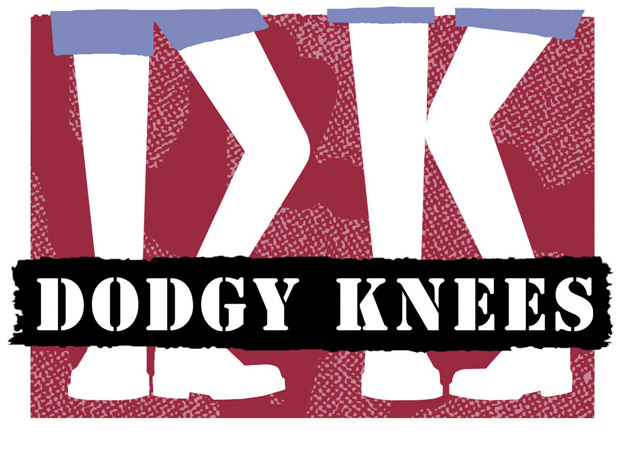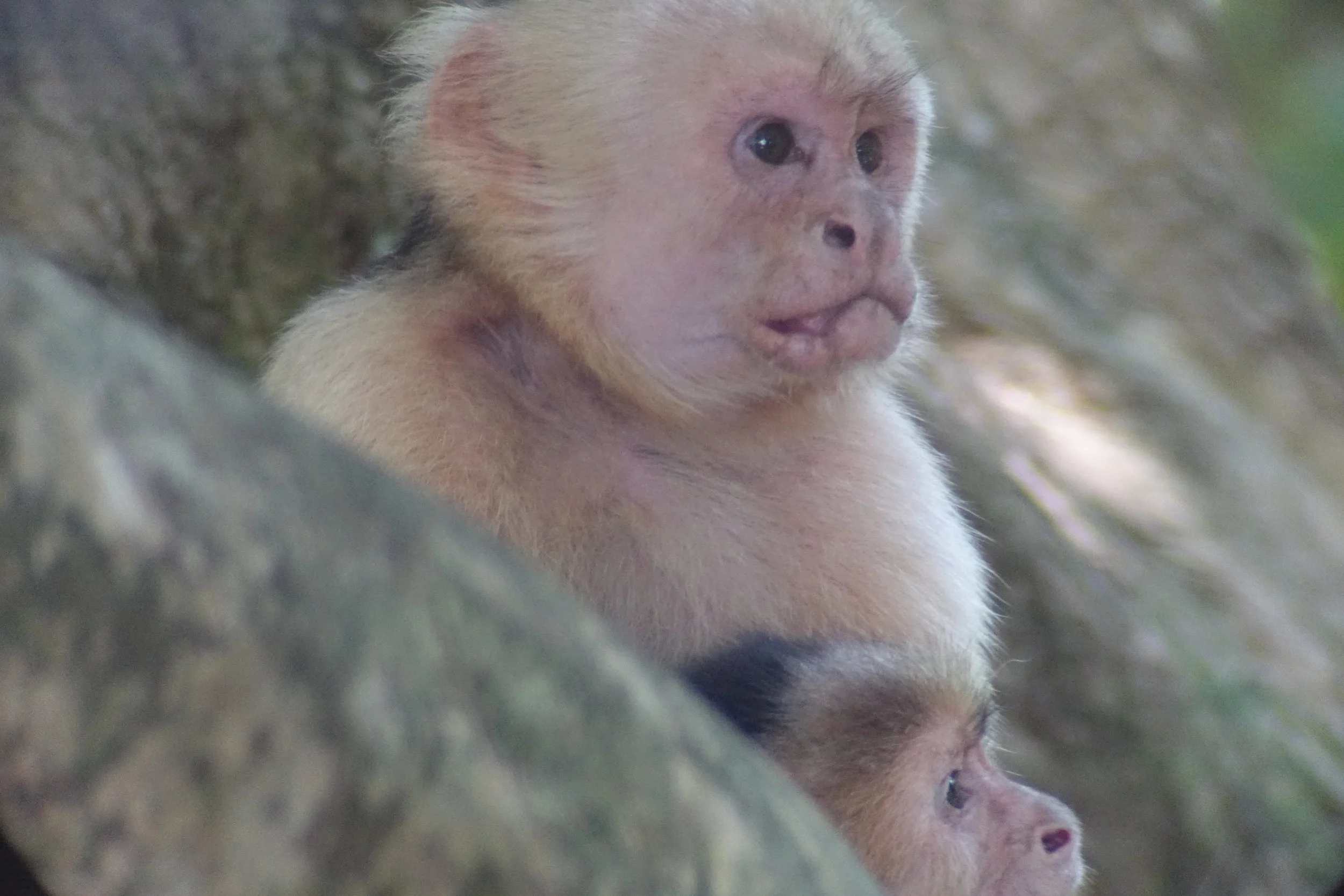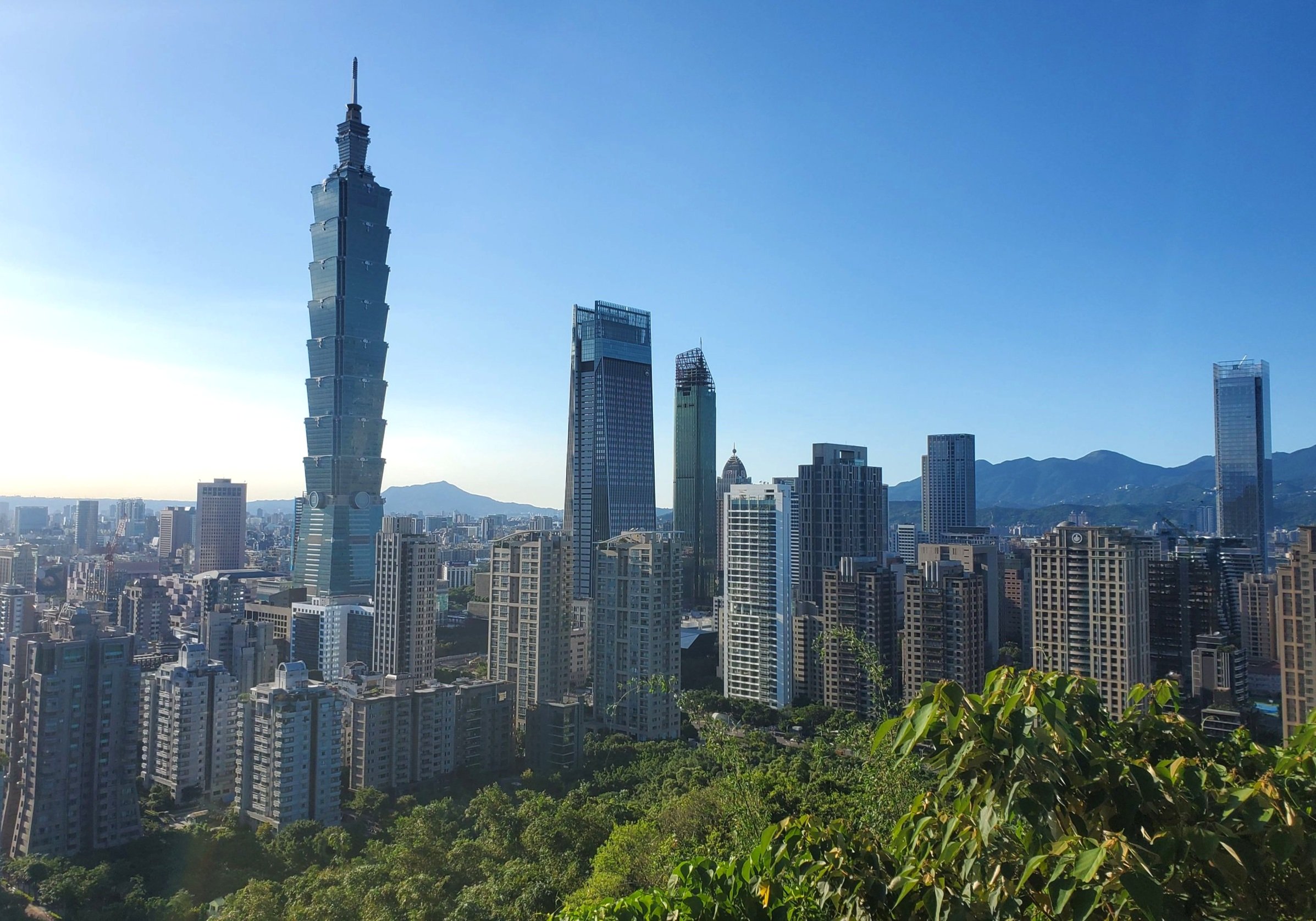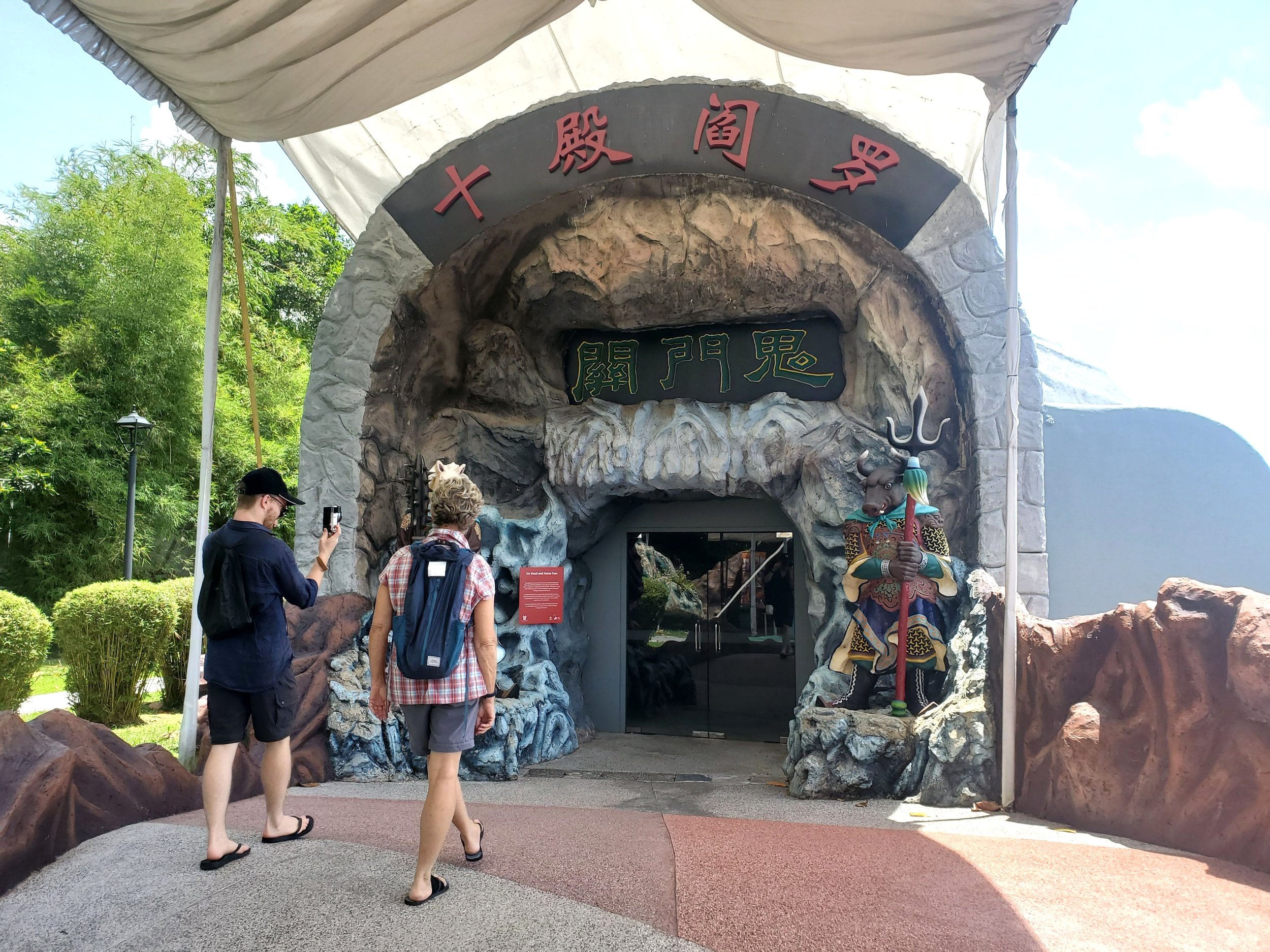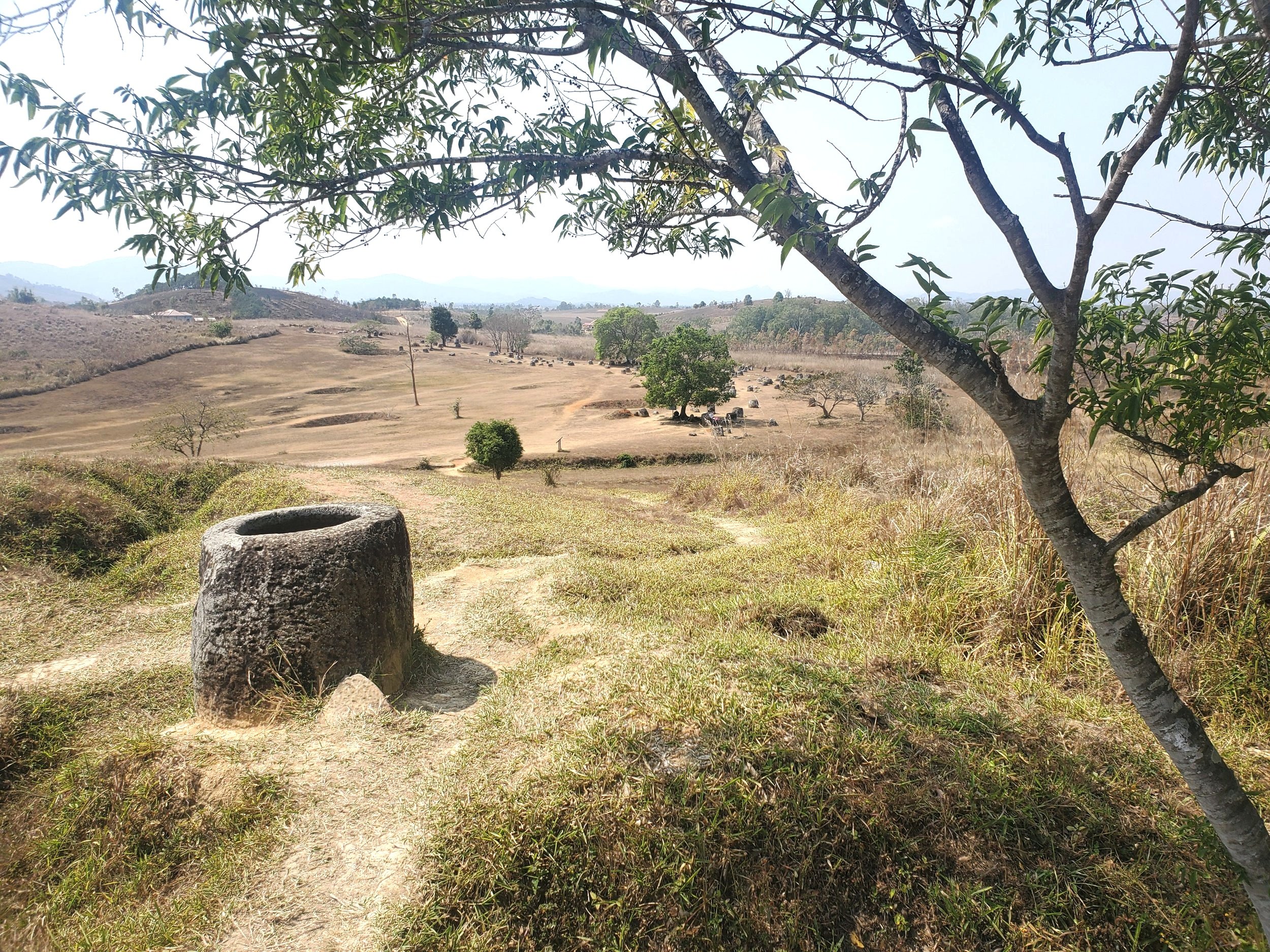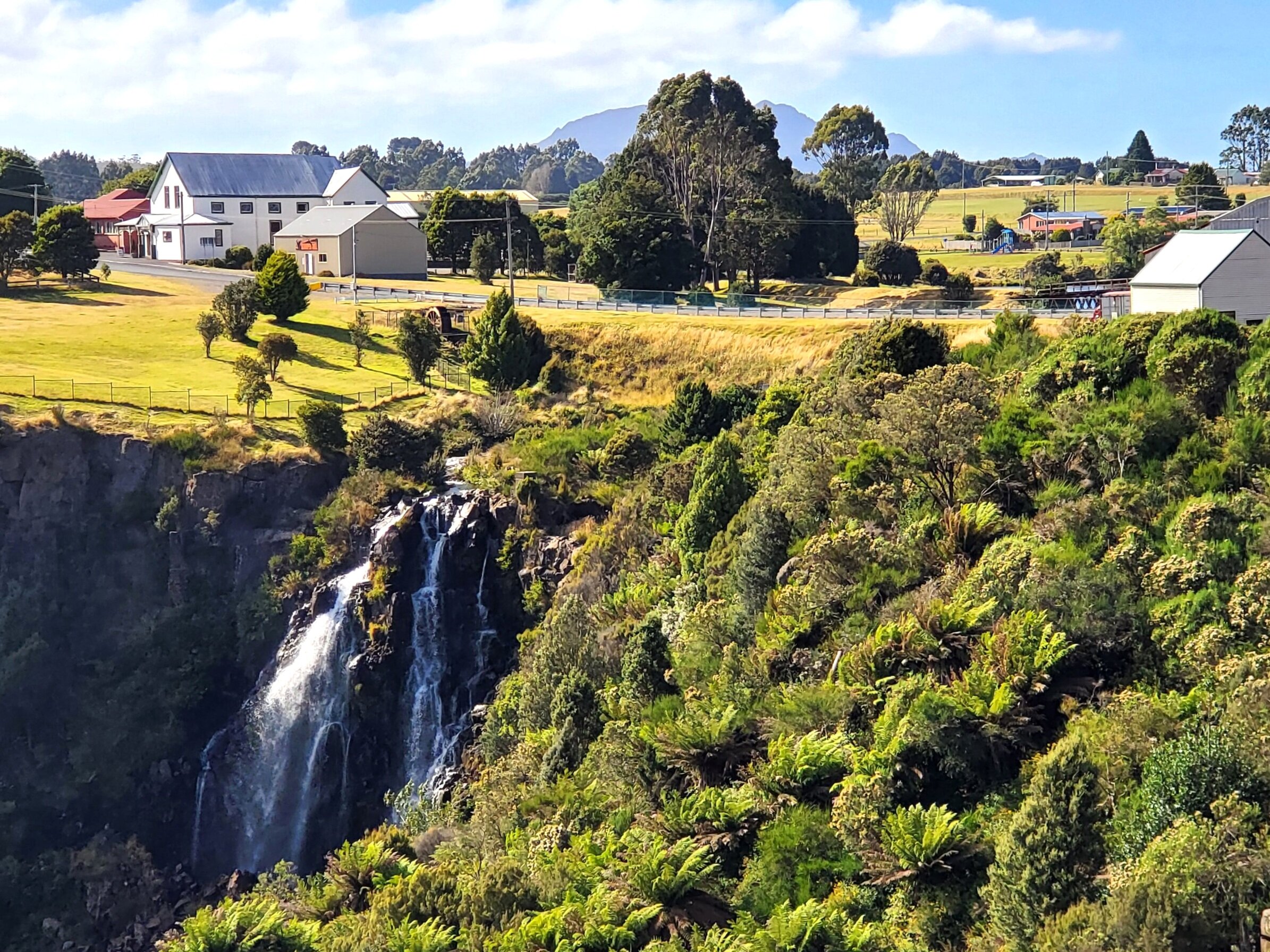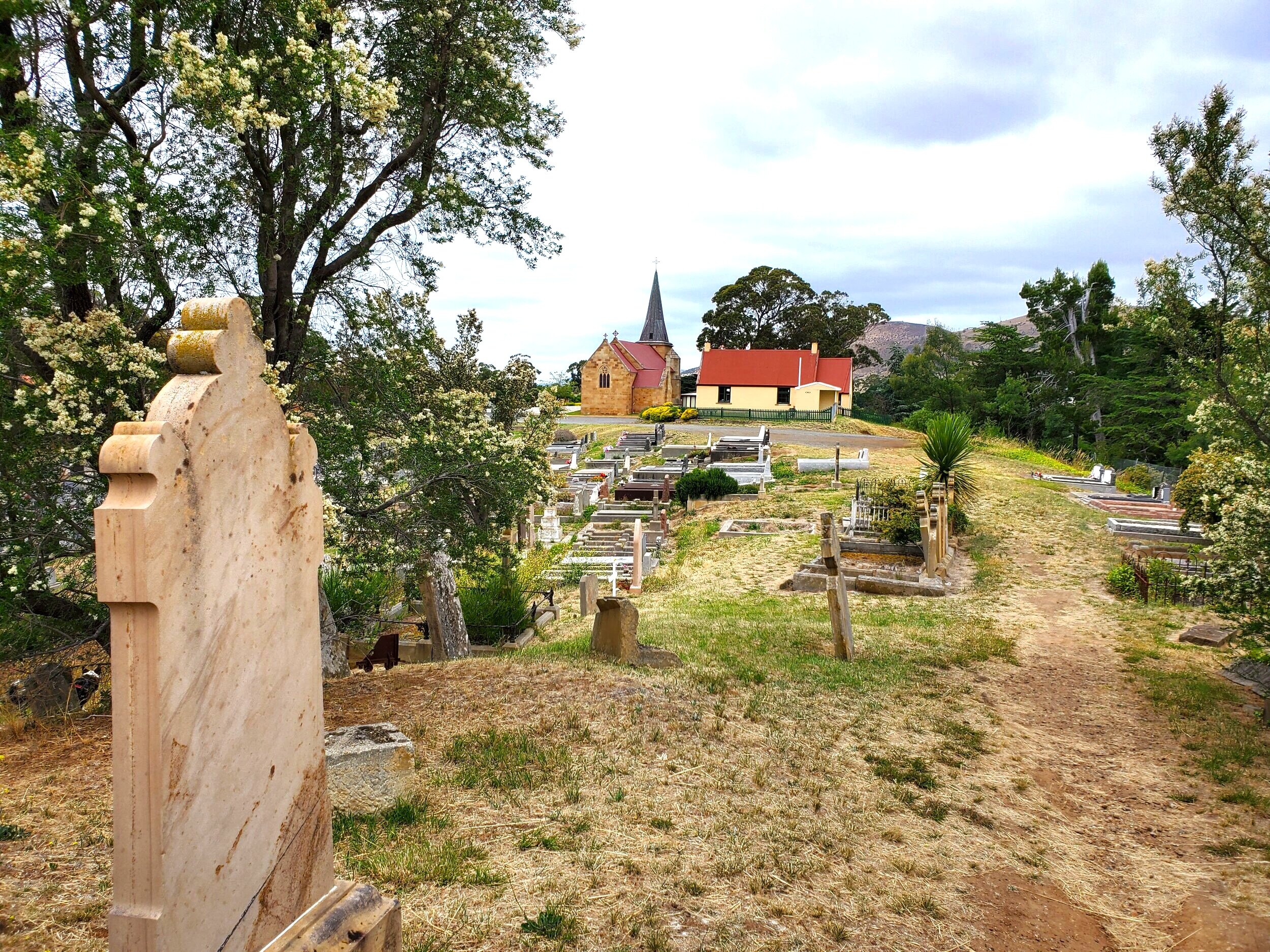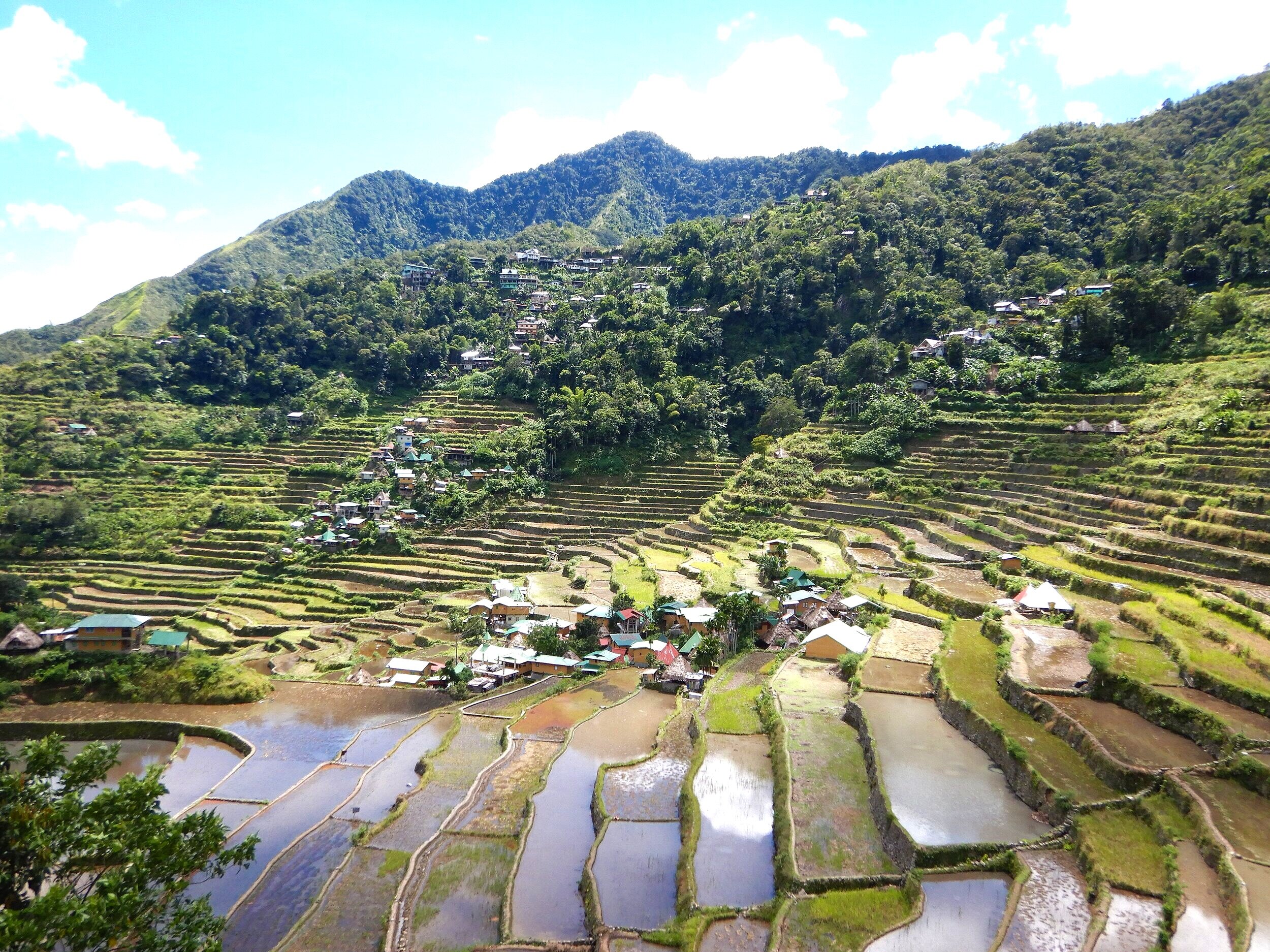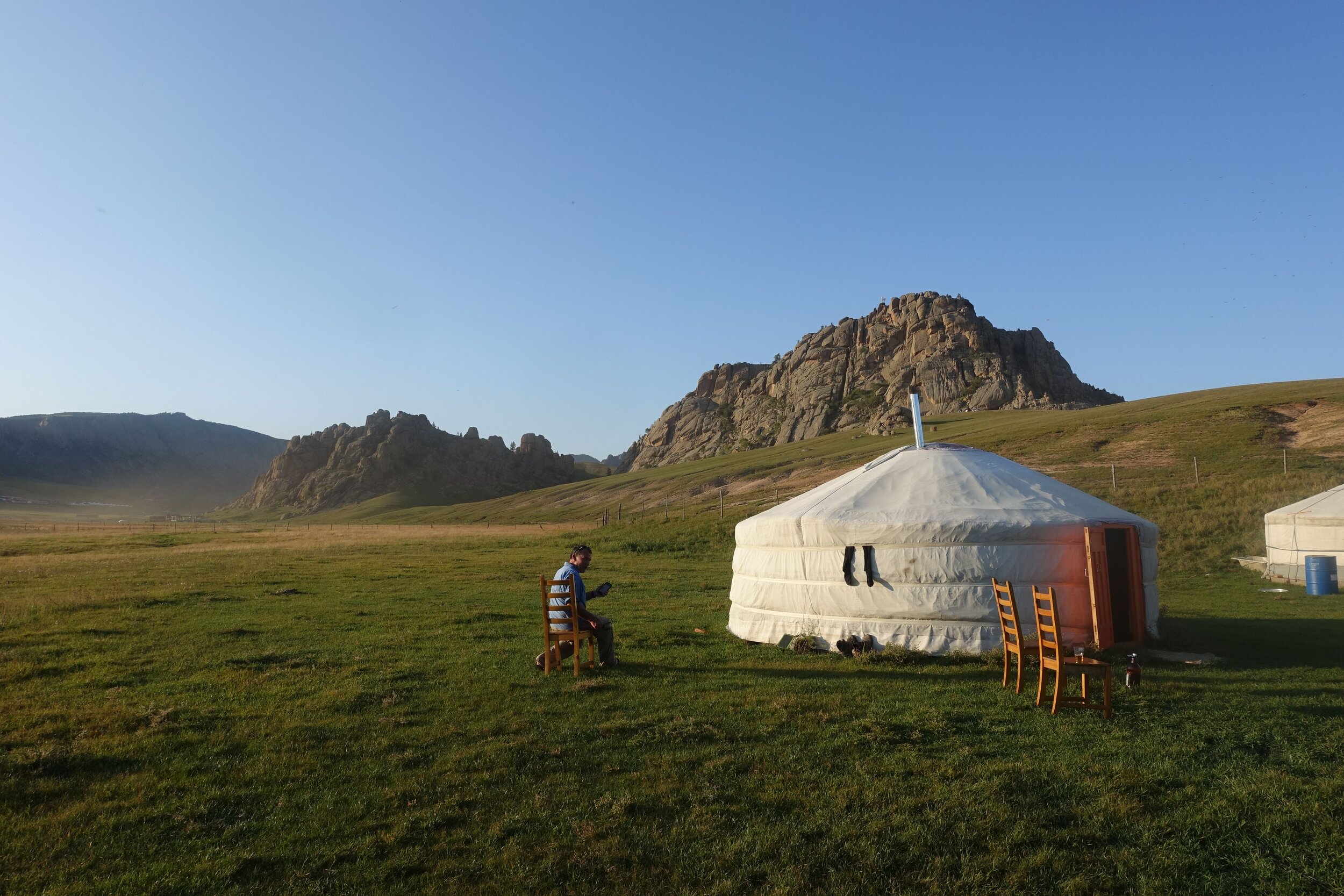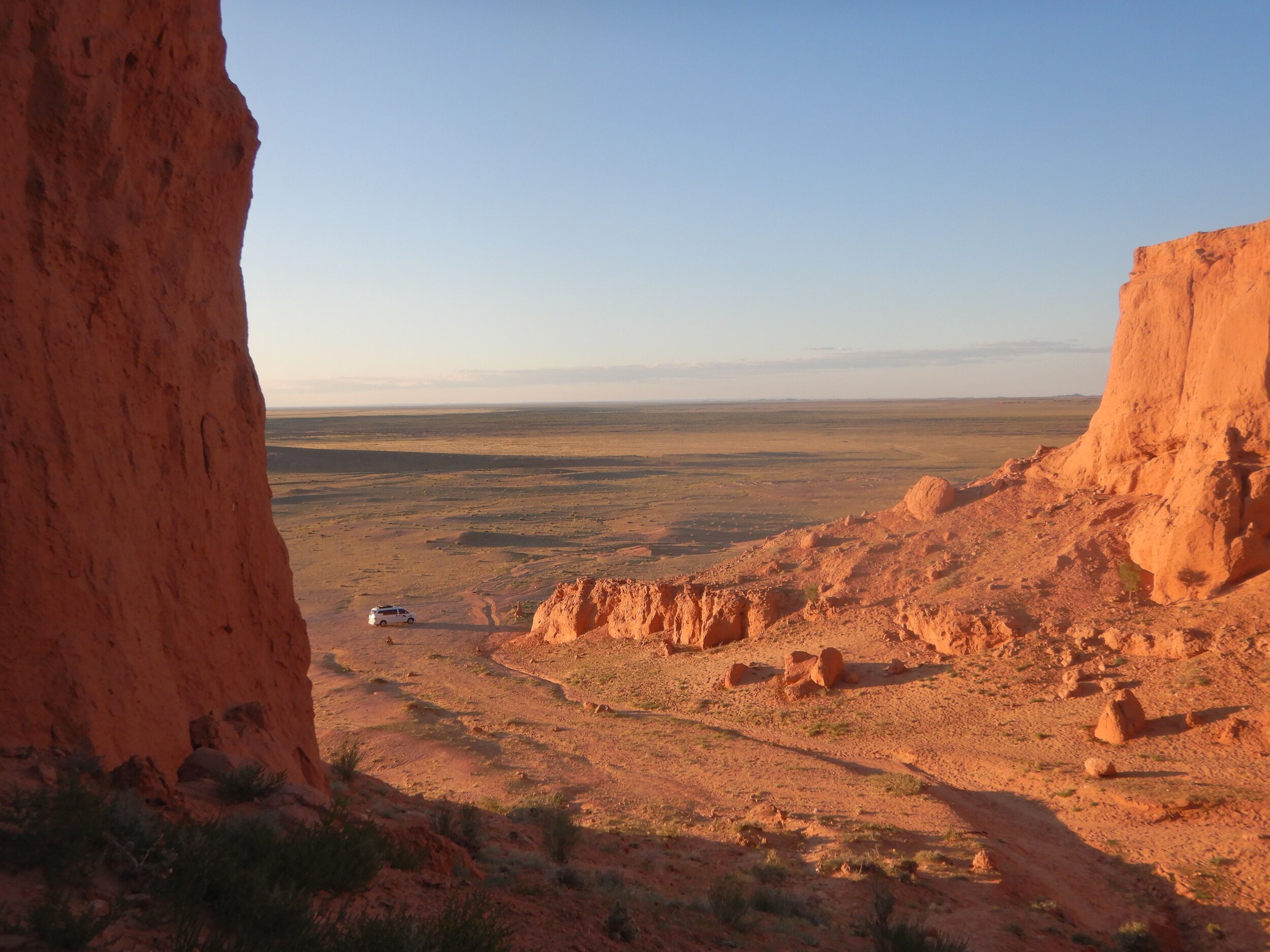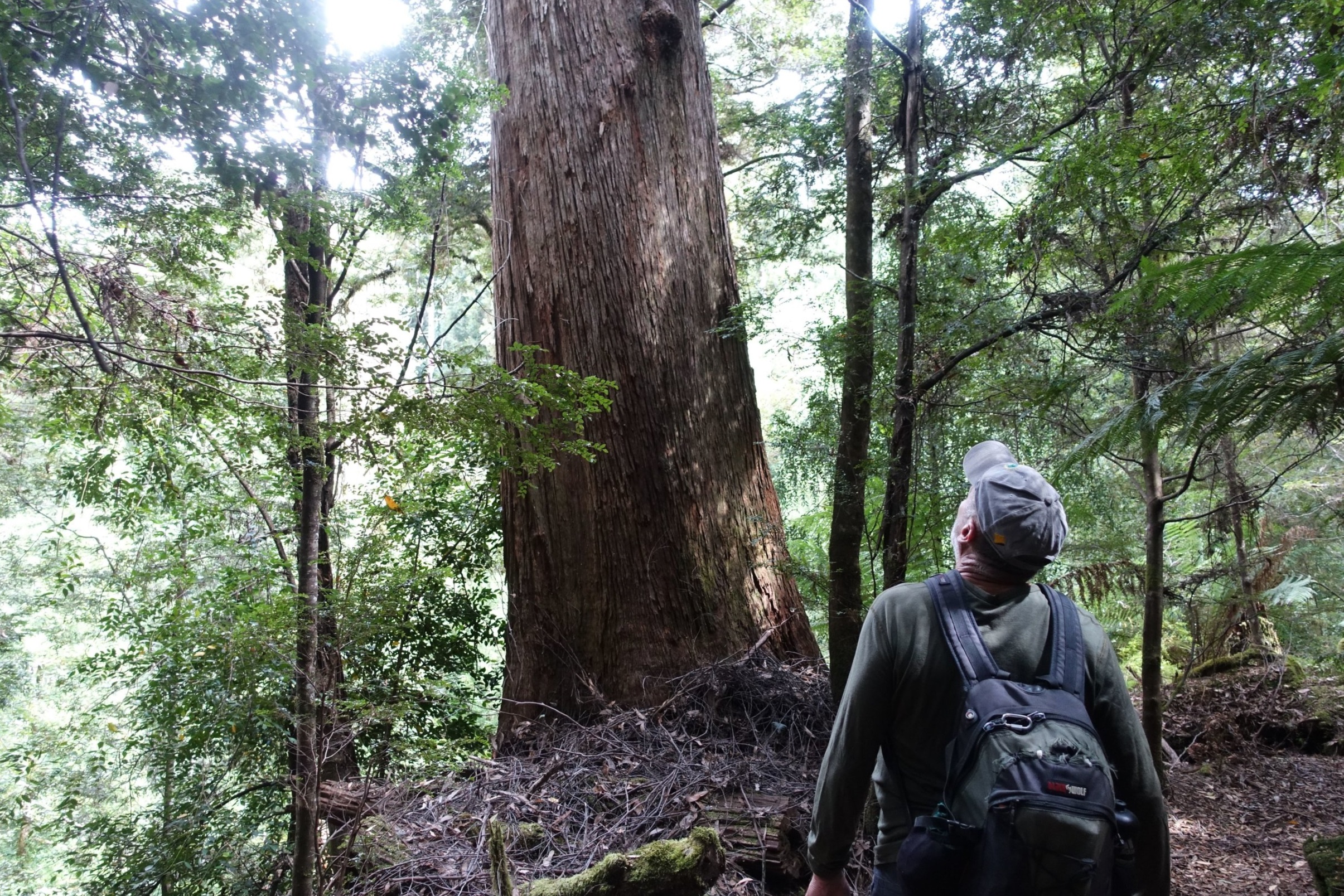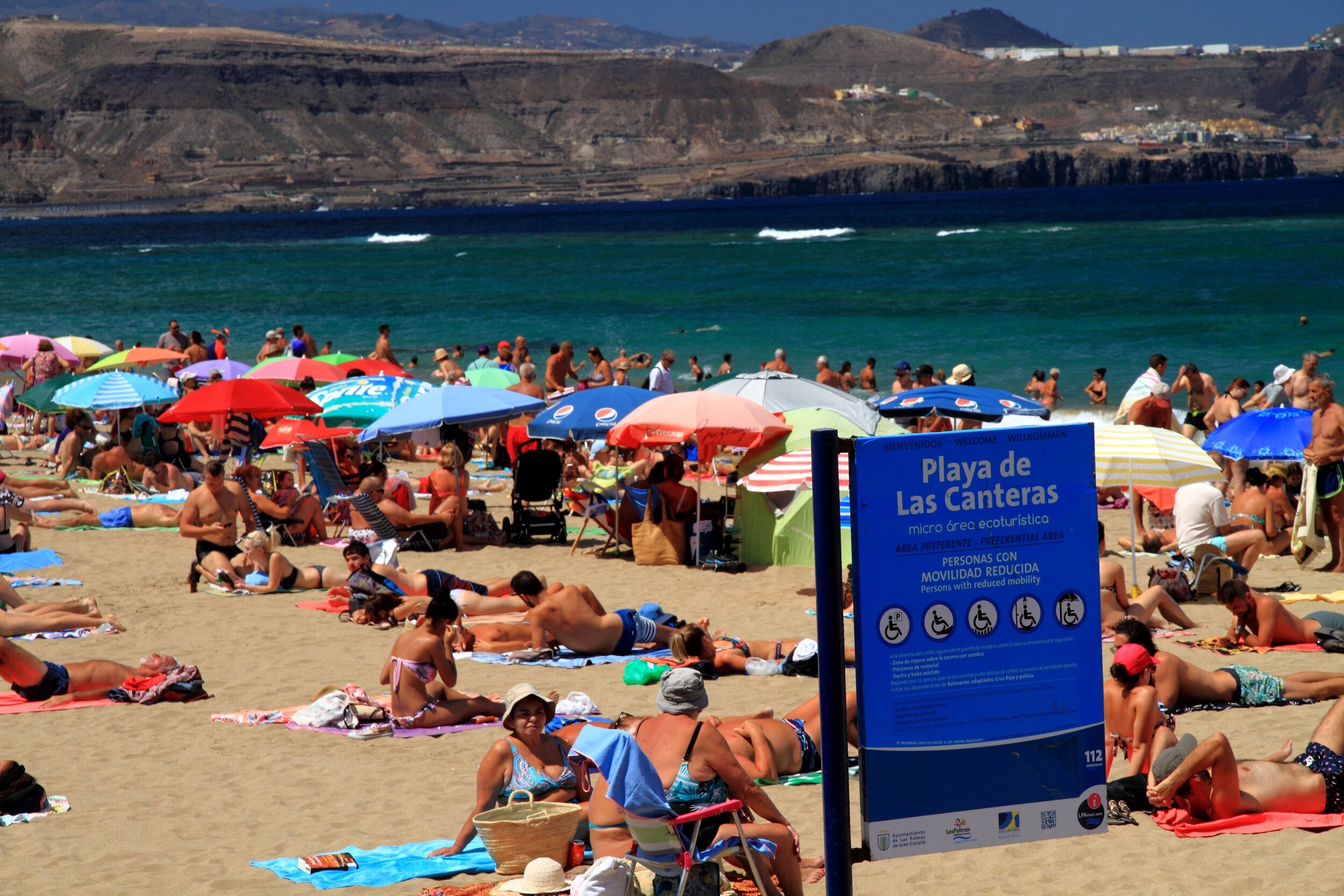Mayans versus Zapotecs: Tikal and Monte Alban Archaeological Sites
/tikal
Introduction
Tikal, the ancient Mayan city in Northern Guatemala is probably only surpassed by Chichen Itza on the “must see” list of Mayan archaeological sites. But how does it stack up against Monte Alban, the significant site of their neighbours, the Zapotecs of Southern Mexico? Shortly after visiting Tikal we went to Monte Alban. Both these cities were built, developed and reached their peaks at around the same time, and both were eventually abandoned.
monte alban
Tikal
temple I
Tikal was first settled around 700 BC and by 200 BC a number of the complex stone structures that can still be seen today had been built. By 250 AD it had become an important centre in the region. Around 700 AD King Jasaw Chan K’awiil aka King Moon Double Comb, became the ruler. Many of the city’s important buildings owe their construction to him. By 900 AD it had started to lose its greatness, though it continued to be occupied until the Spanish arrived in the 16th century. At its peak Tikal is estimated to have had around 100,000 inhabitants.
exploring tikal
Tikal today consists of a number of towering pyramids poking through the thick tropical jungle along with numerous smaller buildings.
the gran plaza - temple I and the north acropolis on the left
The Gran Plaza is the main focal point with Temple I, the Temple of the Jaguar, built by King Moon Double Comb on one side and the equally commanding Temple II opposite it.
temple II FROM the north acropolis
On the northern side of the plaza is the North Acropolis.
north acropolis
The surrounding jungle makes it impossible to get a full view of the site, but the jutting pyramids, which includes Temples III and IV, are an evocative spectacle.
Monte Alban
eastern side, gran plaza
In contrast Monte Alban sits unencumbered by vegetation high on a flat-topped mountain overlooking the city of Oaxaca.
oaxaca from monte alban
From the Plataforma Norte the Gran Plaza and all the main temples and other important buildings of the city can be observed. It has a very different feel to Tikal.
view from plataforma norte
Monte Alban was first occupied around 500 BC and from then until around 200 BC the Zapotecs worked to flatten the hilltop and build their first temples and palaces. Some of the buildings that can be visited today date from this early period. Monte Alban’s power grew between 200 BC and 300 AD reaching its peak around 700 AD, when it is estimated to have had a population of some 25,000.
plataforma south
By 950 AD it had already been abandoned for some time when Mixtecs took over the site and remained there until the Spanish arrived in the 16th century.
exploring monte alban
The temples and other structures are not quite as grand as Tikal, but it is still very impressive and the openness of the site makes for some stunning views and photo ops.
the gran plaza
Conclusion
So, how did we rate each? There is no doubt that Tikal is an archaeological wonder. It is a large site with lots to see and you can’t help but be awestruck by the architectural and constructional abilities of the ancient Mayans. Its jungle setting is an attraction in itself, complete with spider and howler monkeys, agoutis, coatis and other wildlife that inhabit the immediate environs.
coati, tikal
But after visiting a number of Mayan sites in addition to Tikal (see posts on Mexican Mayans, Lamanai in Belize, and Copan Ruinas in Honduras), Monte Alban came with a different and interesting feel and style. It’s definitely a must visit if you’re in Oaxaca.
The verdict – we loved them both and glad we took the time to get to each.
Practical Info – Getting There and Entry Costs
time for a breather, tikal is a big site.
There’s no need to take an expensive organised tour to either.
To get to Tikal we caught a tourist shuttle paying for transport only – no guide. This took 1.5 hours from Flores (the closest main town) and cost us Q80/$US10 pp return, though we met people who paid between Q60 and Q100 for the same service. So, shop around. We didn’t use a guide – just our Lonely Planet guidebook notes and there are interpretive signs in Spanish and English. Park entry is Q150/$US20.
cal strolling through the sunken plaza, monte alban
For Monte Alban transport to the site from Oaxaca was MX 55 pesos/$US3 (ask at one of the tourist info booths in town for where to get tickets). Takes around 30 minutes each way. Site entry is MX65/$US3.20
Ken
